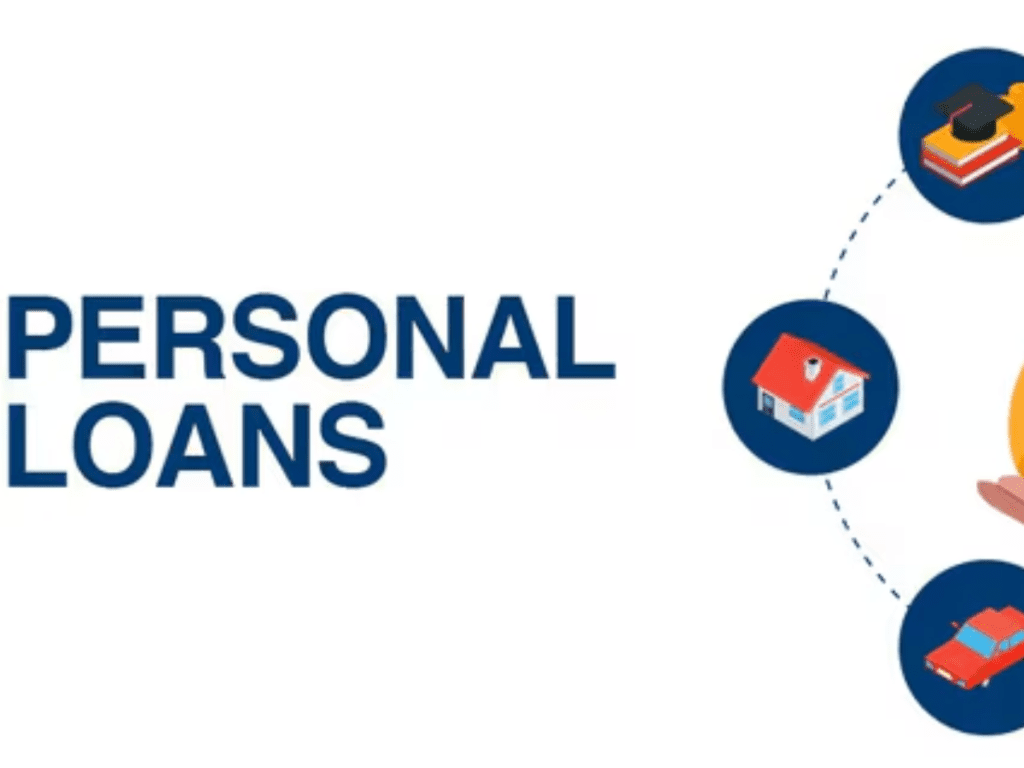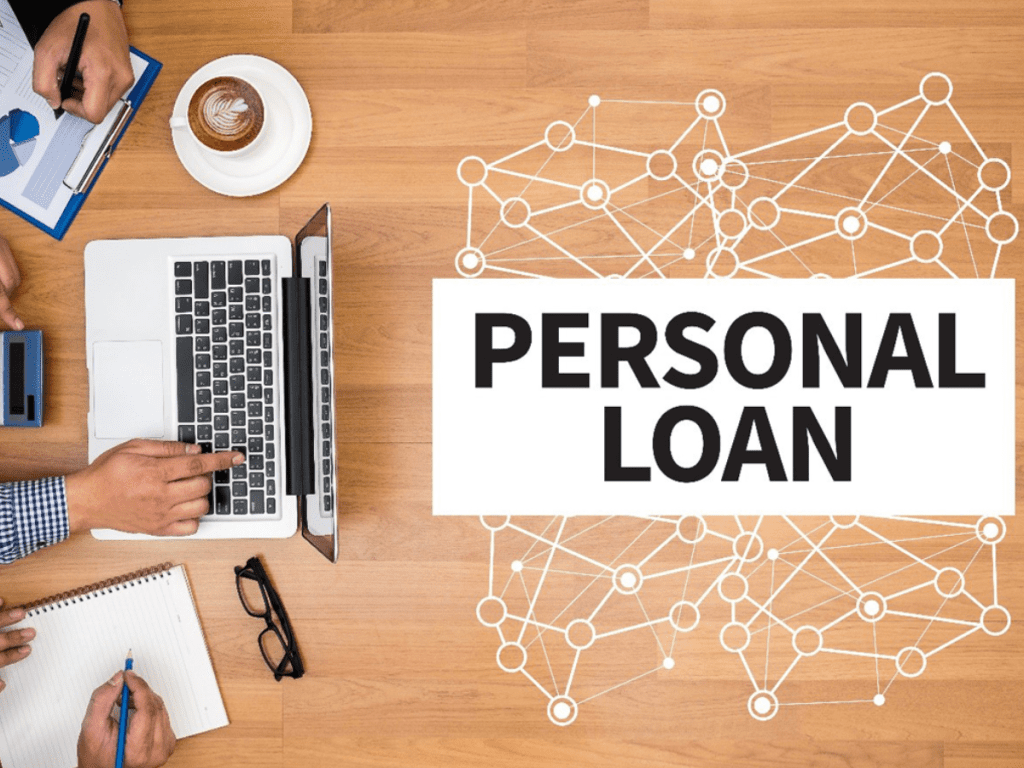Introduction
Personal loans are a useful financial tool that can help you achieve your financial goals, whether it’s consolidating debt, financing a large purchase, or covering unexpected expenses. However, with a wide variety of loan options available, selecting the right personal loan can be a daunting task. The key is to choose a loan that aligns with your unique needs, budget, and long-term financial goals. This article will guide you through the process of choosing the right personal loan, helping you understand the factors to consider and how to make an informed decision.
1. Understand Your Financial Needs
Before applying for a personal loan, it’s essential to have a clear understanding of your financial needs. Personal loans can be used for various purposes, including:
- Debt consolidation: If you have multiple high-interest debts, consolidating them into a single loan with a lower interest rate can simplify your payments and save money on interest.
- Home improvement: Personal loans can finance home renovations or repairs, helping to increase the value of your property.
- Major life expenses: Personal loans can be used to cover significant life events such as weddings, medical expenses, or education costs.
- Emergency expenses: A personal loan can be a safety net during unexpected financial challenges, such as job loss or urgent medical bills.
Knowing the purpose of the loan will help you determine how much money you need to borrow and the type of loan that will best suit your situation. For example, if you’re consolidating debt, a lower interest rate will be important to save on overall costs, while if you’re financing home improvements, a loan with a longer repayment term might be more suitable.
2. Check Your Credit Score
Your credit score plays a crucial role in determining whether you’re eligible for a personal loan and what interest rate you’ll receive. Lenders use your credit score as a measure of your creditworthiness and your likelihood of repaying the loan. Generally, a higher credit score indicates a lower risk to the lender, which can result in a more favorable loan offer.
- Excellent credit (750 and above): You’re likely to qualify for the best interest rates and terms.
- Good credit (700-749): You may still receive competitive interest rates, though not as low as someone with excellent credit.
- Fair credit (650-699): You may qualify for a loan, but the interest rates will likely be higher.
- Poor credit (below 650): You may still be able to get a personal loan, but the rates could be significantly higher. You may also need to consider secured loans or loans with a co-signer.
If your credit score is on the lower end, it might be worth taking some time to improve it before applying for a loan. Paying down outstanding debts, avoiding new credit inquiries, and making on-time payments can help improve your credit score over time.
3. Assess Loan Terms and Interest Rates
One of the most important factors to consider when choosing a personal loan is the loan terms and interest rates. The interest rate you receive will directly impact the overall cost of the loan. Understanding the key components of a loan’s terms will help you make an informed decision.
- Interest rate: Personal loan interest rates can be either fixed or variable. Fixed-rate loans have consistent monthly payments, which makes them easier to budget for, while variable-rate loans can change over time, potentially leading to higher costs if interest rates rise. Compare rates from different lenders to find the most competitive offer.
- Loan term: The length of the loan term will affect your monthly payments and the overall cost of the loan. Shorter-term loans typically have higher monthly payments but lower overall interest costs. On the other hand, longer-term loans may have lower monthly payments, but you’ll end up paying more in interest over the life of the loan. Choose a loan term that fits your budget and financial goals.
- Loan amount: Ensure the loan amount you are applying for matches your financial needs. Some lenders may have minimum or maximum loan amounts, so it’s important to check if their offerings align with your borrowing requirements.
- Fees and charges: Be aware of any additional fees or charges associated with the loan, such as origination fees, prepayment penalties, or late payment fees. These can add up over time and increase the total cost of the loan.
When assessing loan terms, focus on balancing monthly affordability with the total cost of the loan. A lower monthly payment may seem attractive, but ensure that the long-term cost of borrowing isn’t too high.
4. Compare Lenders
Not all personal loan lenders are the same. Different financial institutions may offer different interest rates, terms, and customer service. It’s important to compare offers from multiple lenders to find the best deal. Here are some of the most common types of lenders:
- Banks: Traditional banks offer personal loans with competitive interest rates, especially if you already have a relationship with the bank. However, they may have stricter eligibility requirements and longer approval times.
- Credit unions: Credit unions are nonprofit institutions that may offer lower interest rates and more flexible lending criteria compared to traditional banks. They often have more personalized service and better terms for members.
- Online lenders: Many online lenders offer fast application processes, competitive interest rates, and flexible loan terms. However, you may need to be cautious about fees and customer service, as some online lenders may not be as established as traditional banks or credit unions.
- Peer-to-peer lenders: Peer-to-peer lending platforms connect borrowers with individual investors, offering a unique way to access personal loans. Interest rates can vary depending on your creditworthiness and the platform’s investor base.
When comparing lenders, look beyond the interest rates. Consider the reputation and customer service of the lender, as well as their application process, approval times, and loan terms. Reading reviews and checking the lender’s BBB rating can give you a better understanding of their reliability.
5. Consider the Loan’s Flexibility
Some personal loans offer more flexibility than others. Depending on your financial situation, a flexible loan might be the better option. Here are a few aspects to consider:
- Repayment flexibility: Check if the loan allows for extra payments or early repayment without penalties. Paying off your loan early can save you money on interest, so it’s important to have the option to make additional payments without incurring fees.
- Deferment options: Some lenders offer deferment or forbearance options in case of financial hardship. This can be particularly helpful if you face unexpected challenges, such as job loss or a medical emergency.
- Loan modifications: In certain situations, you may want to modify your loan terms, such as extending the repayment period or adjusting the monthly payment amount. A lender that offers loan modifications can provide some peace of mind in case your financial circumstances change.
Before committing to a loan, check the fine print to ensure that the loan terms are flexible enough to accommodate your future financial needs.
6. Evaluate Your Ability to Repay the Loan
One of the most important factors in choosing the right personal loan is your ability to repay the loan on time. Failing to make timely payments can lead to late fees, a negative impact on your credit score, and a cycle of debt. Consider your current and future financial situation to determine whether you can comfortably handle the loan’s monthly payments.
- Budgeting: Assess your monthly budget to determine how much you can afford to allocate toward loan payments. Consider other financial obligations, such as rent, utilities, savings, and other debts.
- Employment stability: If you have an unstable income or expect changes in your financial situation, choose a loan with a flexible repayment structure that gives you more time to repay.
- Emergency savings: Having a buffer of savings for unexpected expenses can help ensure that you don’t miss loan payments due to financial setbacks.
Choosing a loan with manageable monthly payments and a repayment term that fits your budget is key to avoiding financial strain. Be honest with yourself about your ability to make consistent payments over the life of the loan.
7. Understand the Risks and Consequences
Personal loans can be a valuable tool, but they also come with risks. Before committing to a loan, understand the potential consequences of borrowing.
- Defaulting on a loan: If you default on a personal loan, the lender can take legal action to recover the money you owe. This can lead to wage garnishment, asset seizure, or a negative impact on your credit score, which can affect your ability to borrow in the future.
- Overborrowing: Borrowing more than you need can lead to higher monthly payments and more debt than you can handle. Stick to borrowing only what is necessary for your financial goal.
- Interest rate changes (for variable-rate loans): If you have a variable-rate loan, interest rates can fluctuate, potentially leading to higher payments over time. Consider the risks of rising rates when deciding between a fixed- or variable-rate loan.
Understanding these risks and taking steps to mitigate them—such as borrowing only what you need and ensuring that the loan terms are manageable—will help you avoid negative financial outcomes.
Conclusion
Choosing the right personal loan requires careful consideration of your financial needs, credit score, loan terms, and repayment ability. By comparing different lenders, understanding loan costs, and ensuring that the loan aligns with your financial goals, you can make an informed decision that helps you achieve your objectives without jeopardizing your financial stability. Remember to read the fine print, ask questions, and choose a loan that offers the best terms for your situation. With the right loan, you can take control of your finances and confidently work toward your financial goals.

